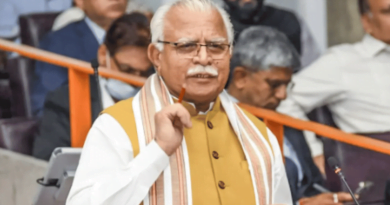What’s in your Protein Supplement Jar?
Indian Supplements, are they any good?
Indian manufacturers selling bogus supplements? Before the ‘Make in India’ movement was brought into effect, there were multiple Indian-Based companies that tried their hands at selling labelled jars and bottles with zero recognition and disastrous business. As the majority of the buyers and enthusiasts kept receiving their supplies from overseas, the pretentious Indian brands were nowhere to be seen. The imported supplements exhibited numerous significances, especially the quality was the biggest commended factor, and visible results were reported, which is when the Indian market noticed the potential profit in this department. As a workaround to grab the biggest cut on selling a couple of pounds filled in the jars, many individuals worked up to create counterfeit replicas of the genuine ones, with recreated jars to labels and whatnot. That is how these deceits dismantled the health/fitness industry in India, and not for once thought before toying with the health of people by selling cheaper alternatives and additives instead. It was the biggest reason for the international brands to maintain an authorized seller section on their respective portals to help buyers be assured of relevant sources to buy the supplements. Still, some of the vendors turned to selling genuine along with the duped ones to cross-manage the deceitful act.
As the majority of the international supplement brands struggled with this, they attempted to find a workaround to minimize the duping attempt by turning to the application of security codes stuck to their jars, ensuring that the buyer receives genuine products. Some brands succeeded with this attempt, leaving the rest tumbled by the crafty minds of the dupers. A specific workaround to avoid ending up buying counterfeit ones was to buy from relevant sellers and sources. By doing so, it relieved the consumers for a while. Every brand sticks to a framework to maximize yields; some brands discontinue slow-moving items, whereas others still maintain them in the inventory despite minimal sales; the biggest factor that influenced this occurrence is stereotyped buyers. These individuals were stuck to a specific product and specific brands, easing the counterfeit market and lessening the varieties to be available. As the dupers opt for the largely sold items, exploring other brands turns out to be a smart move for the buyers, but the viewpoint always varies with all. As a result, exotic brands vanished from the Indian market, with less versatile options left to choose from. That’s when the Indian brands started flooding the market with their bogus jars and bottles.
Considering the fact, that multiple supplement businesses focus on profits tends to jeopardize the quality. Based on social participation and businesses, only a minor part of the population pertains to the ability to differentiate the significant and mediocre products. With the intent of acquiring maximum profits, the raw materials acquired by Indian Supplement brands are sub-standard. In the late 2010s, multiple international brands were convinced to set up manufacturing in India to cut down import costs, and there have been multiple speculations that multiple units were adding fillers and inferior quality whey, mostly procured from Southeast Asian countries. The situation worsened since COVID-19, leaving most of the manufacturers to get involved in malpractices, as the ‘Make-In-India’ moment was much more in light of easing out of the tightened financial situations. By then, multiple brands housed in India led to a complex scenario wherein the authenticity of the supplements remained a question.
[Image Source: SuperFitDad]




